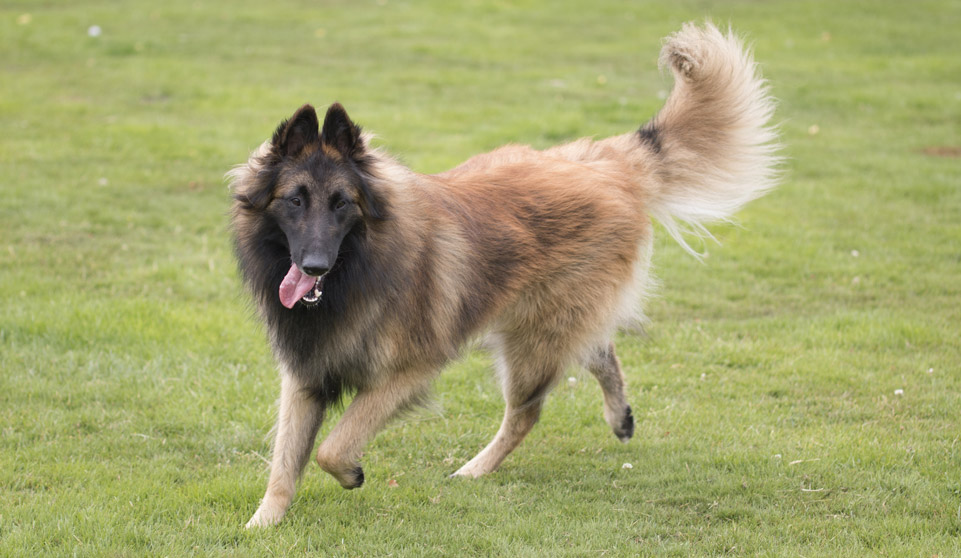Belgian Shepherd Tervueren Information

History
The Belgian Shepherd Dog originated in Belgium in the late 19th century. They were bred for livestock herding and guarding. Today, they work in many different fields including herding, guarding, police and military work, search and rescue and drug detection.
In Australia the Belgian Shepherd is classed as one breed, which consists of four varieties; the Groenendael, the Laekenois, the Tervueren and the Malinois. In some countries, they are considered four individual breeds.
Characteristics
- Large Breed
- Strong
- Protective
- Working Dog
- High Energy Levels
Belgian Shepherd Temperament & Size
These large breed, muscular dogs are loyal and form strong bonds with their owners. They can be seen in a number of colours and coat types depending on variety.
The Groenendael is a black with long hair. The Tervueren is a fawn /mahogany with long hair. The Malinois is a fawn /mahogany withshort hair. The Laekenois is a fawn with rough haired.
Aggression towards other dogs is not uncommon, therefore small animals should be introduced with great care and always supervise and exercise caution around children.
Due to their high energy level and propensity to work, both physical and mental stimulation is imperative to avoid behavioural problems. Failure to challenge and exercise these dogs regularly results in distressed and occasionally destructive dogs.
Belgian Shepherd Life Span & Health Problems
They have an average life span of 10 – 13 years.
Common Illnesses include;
- Hip and Elbow Dysplasia – Genetic conditions that cause abnormal development of the elbow and hip joints in young dogs. This can lead to early onset degenerative joint disease.
- Allergies and Auto – immune disease – Causing skin problems.
- Bloat (Gastric Dilatation Volvulus, GDV) – Twisting of the stomach resulting in rapid swelling of the abdomen causing pain and eventual death if not treated.
- Progressive Retinal atrophy – Degeneration of the retina causing night blindness then total blindness.
- Cataracts – Abnormal opacity in the lens resulting in blurred or complete loss of vision.
- Epilepsy – There is an increased incidence of recurrent seizures in this breed.
- Hypothyroidism – Underactive thyroid gland causing obesity, lethargy, ear infections and skin problems.
- Pannus (Chronic Superficial Keratitis) – Immune mediated corneal disease causing changes to the cornea and subsequent drying of the eye, if untreated it can lead to blindness.
- Cancer –There is an increased incidence of gastric cancer in this breed.
